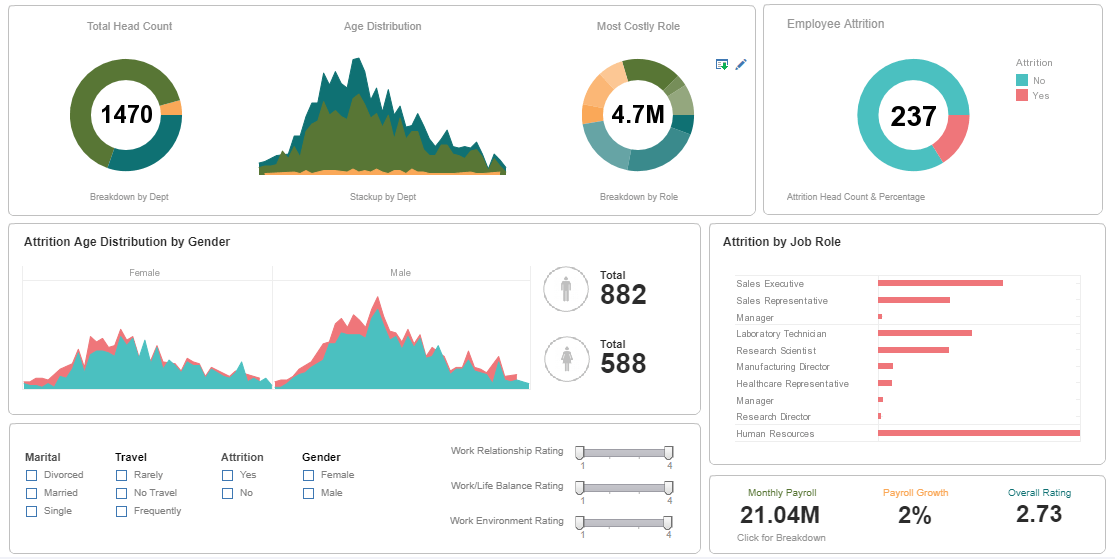InetSoft Webinar: Transitioning into Collaborative Scorecards
This is the continuation of the transcript of a Webinar entitled,"Infrastructure Optimization Scorecards” hosted by InetSoft. The speaker is Jessica Little, Marketing Manager at InetSoft.
So what I did was find an overall approach to it in order to continue collaborating in an organization’s business model, performance model, and used data sets to create a business path. Regarding the people aspect of creating a business strategy, you have to ask what your current state is and where you would like to go with everyone in your organization.
Additionally, the governance policies that are present in the business world require you to have a strategic scorecard and roadmap. Whether that business path is improving some number by 15% in your organization or adding new performance methods, somebody is always watching them, whether it’s a governor or somebody else.
There is always somebody doing oversight and policy and so this enterprise architecture concept tells you where you want to be in four or five years down the road. So the initial vision is figuring out an agenda and seeing where the gaps are located.
Then you ask yourself, how do we get it done? How do you use performance measurements and some high level tracking system to get it done?
| #1 Ranking: Read how InetSoft was rated #1 for user adoption in G2's user survey-based index | Read More |
In this process, I am tracking the innovation and getting those strategic transformations into somebody’s action plan, whoever is responsible for them. Afterwards, it would grow and ultimately become part of the organization. This would obviously be all done using technology to get people online to do it.
Going back to the government space, they are actually required by law to have an architecture, an investment plan, and an implementation plan. In the federal government, they are required to do that. It’s part of the law, and they have to do it on an annual basis. Although they have these requirements, they’re missing innovation and the outcome. They don’t know what they want to improve upon, what outcome they’re looking for, and they are also missing the stakeholder involvement.
The same thing is happening in other industries as well. They are doing it with very little care and consideration and are using ideas without much thought going into them. From there they dictate what to do. Pertaining to the lack of care and thought into these plans, they don’t inform everyone of the plan. So what happens is if you aren’t involved in the planning, you don’t get to collaborate and receive relevant and useful information. The lack of involvement only hurts you as you don’t know whether the strategy is moving too fast or too slow. That’s employee involvement.
For example, in one case, I was looking for a specific environment where a reporting package and a data repository would link together. I figured I could easily find a collaborative environment between the two but I soon realized I was missing a key element that could help organizations collaborate: a high level tracking tool.
These are the kinds of requirements that we talked about at the time regarding this process. What I’ve seen over the last couple of years is that the pieces are here while the methodologies are starting to evolve. Still, there are some gaps, one being taking my perspective and seeing if it matches the designer and transformation that uses measurements. I am hoping I get to better understand this as I continue learning and studying this.
 |
View a 2-minute demonstration of InetSoft's easy, agile, and robust BI software. |
So how do you get it so that the ‘magic’ doesn’t happen, but real actions and changes actually occur? To avoid expecting results to magically appear, I created this enterprise architecture, a solution repository. It shows templates of actions, who would be responsible for the actions, and what performance outcomes to expect. So for each guided strategic goal is a set of questions, indicators, and metrics. There is also a set of capabilities that we change.
Those capabilities are what I call a solution set, and each set branches downwards into a different set until only one is left. You finally get down to one piece, and somebody is then required to be responsible for a project that may take months to do.
One of the problems that make this complex to implement is that you have so many pieces while you have to organize it into a hierarchy. So what I did was organize a hierarchy, put them into repositories, and had it hooked to the performance views. That was before. I am currently in the process of linking the performance views to track performance. So I am really focusing on creating a tool that can be used to not only start the planning process, but also keep it engaged, involved, and alive.
| Previous: New Performance Management Tool Environment | Next: Positive Accomplishments and Multi-Year Phased Timeframes |


